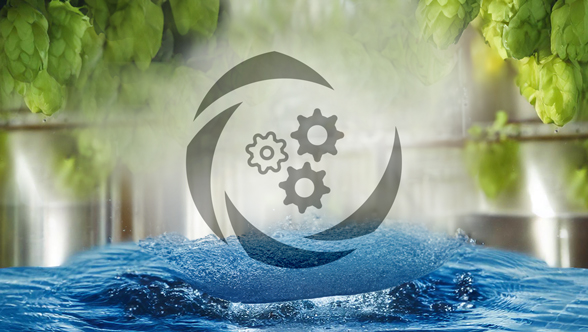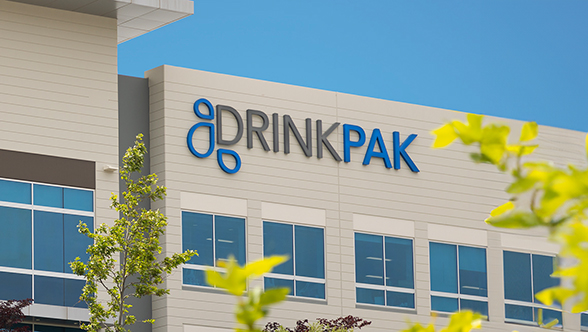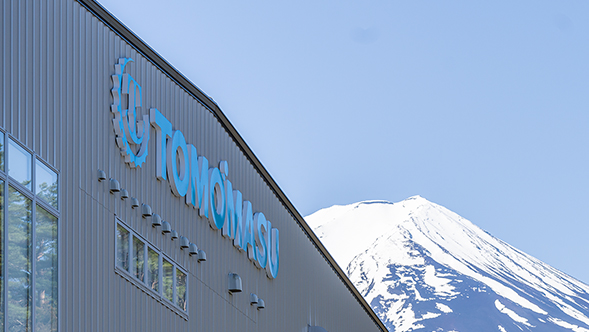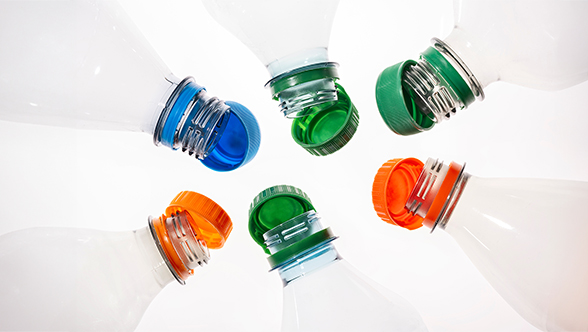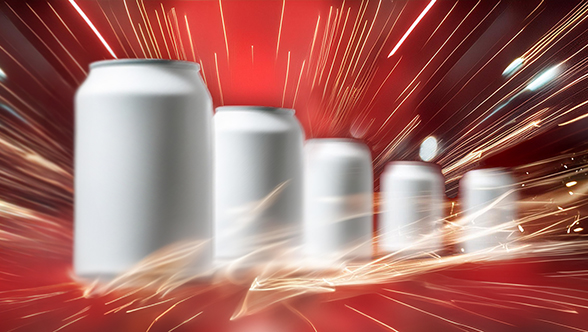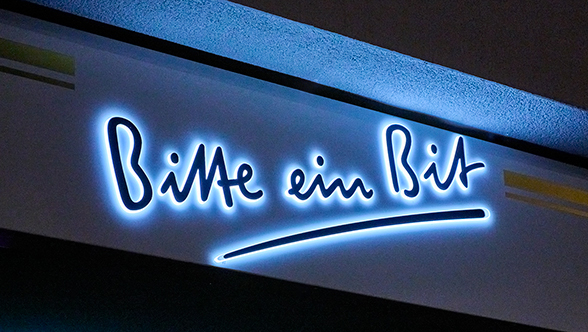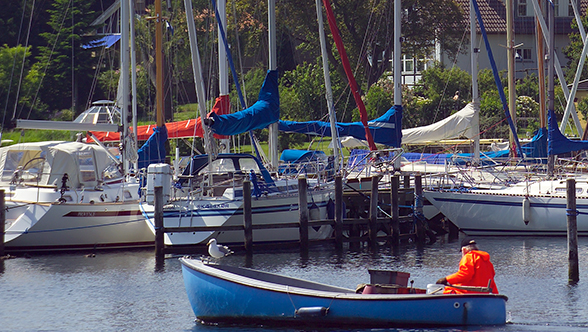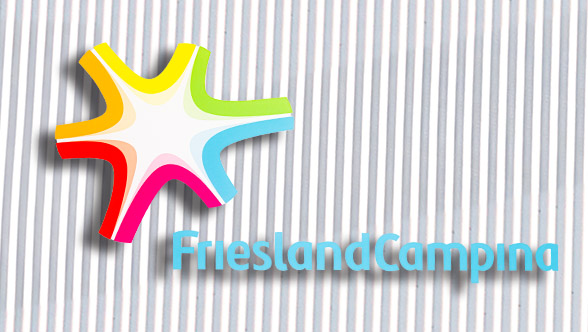Whereas it is simply plastic film for consumers, it is a science in its own right for experts. Anyone intending to produce shrink packs can choose among innumerable types of film – and every single one of these has different characteristics. “No two films are alike,” says Ingo von Maltitz, one of Krones’ specialists in Packaging Technology. “A pack’s visual appearance, its costs and its sustainability are crucially determined by the type of film used and the way this film is processed.”
Which packaging film is the best for my application? What do I have to watch out for when changing over to thinner films? And how can I change over my production operation to recycled film? The Krones film lab can answer all these questions.
Let the facts speak for themselves
To objectively examine all the multi-facetted causality and interaction relationships, the Krones film laboratory was set up in 2015. Since then, it has analysed more than 1,000 films from 120 producers around the world – and not only for in-house research purposes. An increasing number of customers have entrusted our film experts with taking a long, hard and objective look at packaging materials, for example to find out which one out of several options is most suitable for the application in question. Or to obtain some reassuring certainty on the consequences of changing over to a new film type.
No sooner have the customers’ samples arrived than the lab team sets to work analysing them in painstaking detail. From tensile strength and surface tension right through to shrinkage rates and the characteristics of the sealed seam, the materials are examined against a range of most disparate criteria. The test results are then summarised in a report comprising about ten pages, which lists the values measured, explains what they mean, and also visualises them in easy-to-read graphics: Red-amber-green (RAG) dials enable the viewer to see the RAG status for each film characteristic at a glance.
Sustainable for both our natural environment and the owners’ bottom line
Furthermore, the most important insights gained in the analysis are also summarised and explained to the customer in a personal meeting. What effects will a certain film have on the production process? Will it affect the pack’s visual appearance, by creasing or puckering, for example? And will the packer’s settings have to be changed? The analytical results can be used to give unambiguous answers based on objective facts to these and similar questions. “The film analysis provides precisely the arguments you need in order to make an informed decision. Our customers find out exactly what will be in store for them when choosing a certain film,” says Ingo von Maltitz.
The lab team has observed two clear trends in regard to recently received samples. Firstly, line owners are increasingly interested in packaging material made of recycled plastics, and secondly in films that are thinner than the ones previously used. The latter provide not only ecological but also financial advantages: “Reducing film thickness obviously offers the best cost-cutting potential since less material is required for thinner films,” says Ingo von Maltitz. “And they also make for shorter make-ready times. Since more running metres of film can be stored on one reel, empty reels don’t have to be replaced so often.”
The film analysis provides precisely the arguments you need in order to make an informed decision. Our customers find out exactly what will be in store for them when choosing a certain film.
 Ingo von MaltitzKrones Product Manager for Packaging Technology
Ingo von MaltitzKrones Product Manager for Packaging Technology
Machines with incredible sensitivity and dexterity
This significantly reduces the line operators’ workload, but in terms of mechanical engineering it poses a challenge that’s not to be underestimated: The thinner the film, the more likely it is that it will tear or melt in the shrink tunnel. “The packers must possess great sensitivity and dexterity to process such a delicate film,” says Ingo von Maltitz. To ensure appropriate film handling, Krones’ Packaging Technology team offers assemblies, which have been specifically designed for this purpose. They can be selected as an optional extra when purchasing a Variopac Pro or retrofitted to existing models. Moreover, every single machine is adjusted to suit the film type it will handle.
“This means film thickness can be reduced down to 25 micrometres – 40 to 60 micrometres are customary on the market”, says Ingo von Maltitz. “With a twin-lane Variopac Pro, running in three-shift operation at 60 cycles per minute, around 200,000 euros per year can thus be saved.” Krones’ film experts like to encourage their customers to boldly go to the limits of what is technically feasible, whether in connection with recycled-film processing or achieving striking reductions in film overhang or overlap: “With can-do technology backing you up, it is only right and proper to be a bit more ambitious,” says Ingo von Maltitz. “More often than not, our customers are quite surprised at what our packers are capable of.”
Have a try right now
Would you like to get a rough idea of your possible savings? Take our film calculator for a test run!

